Information about Oiwasan Bishamonten
Outline of Oiwasan Bishamonten
Origin and Histry of Oiwasan Bishamonten
Origin of the founding of the temple
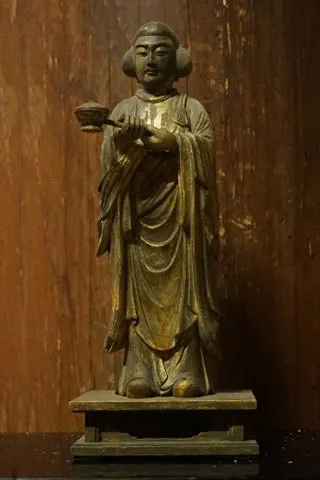
In the reign of Emperor Shomu, Gyoki Shonin, while staying at Sugawara Temple in Yamato Province, always possessed a statue of Bishamonten (Vaisravana) made of Enbudagon (a type of gold) by Prince Shotoku, and vowed to go to the Kanto region to open a sacred site where he would enshrine this statue to save all sentient beings.
One night, an old man appears in a dream and tells him. Your prayer has been long in coming. There is a sacred mountain in Ashikaga, Kanto, and if you climb it, your prayers will be fulfilled. I am Sanno-gongen.
When Gyoki Shonin awoke from his dream, he prayed three times and firmly vowed that if his wish was fulfilled, he would surely make Sanno-gongen the guardian of the entire mountain. (This is the origin of the Sanno-sha, which still stands today.)
The Shonin believed in Zuiyumu and lived in Ashikaga County, far below Shimono, for one summer in peace, never neglecting to believe and practice the Dharma. (This is said to be the location of today's Ashikaga Gyoki-san Tokusho-ji Temple.) One night, a warrior in armor appeared to him and told him, "If you climb the mountain called Oiwa Mountain, which is north of here, you will be able to help all sentient beings. I am Tamonten-O (Bishamonten), as you believe. With these words, he disappeared with a flash of light. When Gyoki Shonin prayed three times and looked at the amulet, his mouth was slightly open and glowed faintly. Gyoki Shonin believed more and more, and as he entered the mountain ridge to the north as he had been told, a golden light immediately shone brightly and clearly, reflecting the inside of the mountain.
Unable to bear his joy, Gyoki Shonin used a statue of Bishamonten, which he had kept for a long time, and enshrined it on a board stone to make a temple out of dry thatch.
When Gyoki Shonin went to the capital to open the temple, he presented rare and auspicious objects of spiritual authority to the Emperor Shomu, who was extremely pleased. Gyoki Shonin became high priest in 745 and received the temple name "Saishoji Temple" (Oiwasan Tamoninin Saishoji Temple). In the following year, he built the main hall, sutra hall, Shakado hall, three-story pagoda, temple gate, Kaisando hall, bell tower hall, temple hall, and twelve monasteries (Kongo, Kakusei, Takamatsu, Dainichi, Chogen, Shorin, Kuroiwa, Tou refuge, Dabo, Daiko, Dairin, and Daigo), and received several lands for the temple.
Beliefs from Warlords
Burned down, rebuilt and repaired
Reconstruction and repair of the main building
Repair of Sanmon gate
Statues of Bishamonten, Kichijoten and Zenninshi Dojii in the form of trinity
Statue of Bishamonten (designated as a cultural property by Tochigi Prefecture, sculpture)
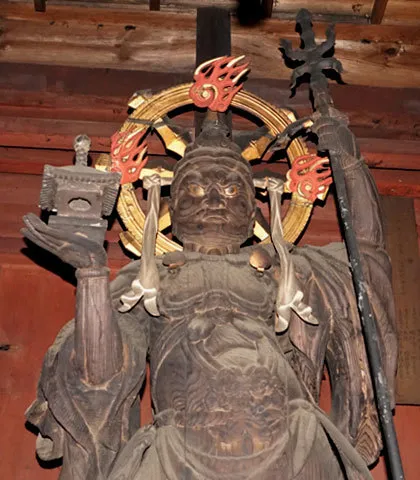
Kichijoten, Zennishi-Doji (Sculpture designated as a cultural property by Tochigi Prefecture)
・Bishamonten and Kichijoten, Zennishi-Doji
Kichijoten and Zennishi-Doji are considered to be the consort of Bishamonten and one of his sons, respectively.

・Statue of Kichijoten
Kichijoten: Height 95.0cm, wooden, Kamakura period
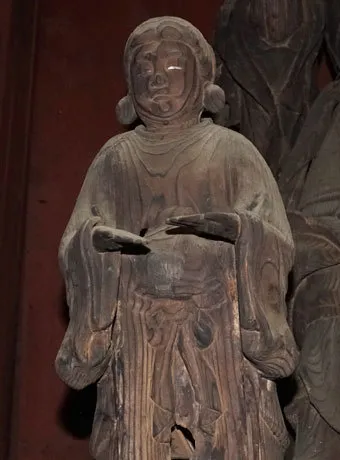
・Statue of Zennishi-Doji
Zennishi-Doji: Height 93.0cm, wooden, Kamakura period
Hyogyaraten-Doji
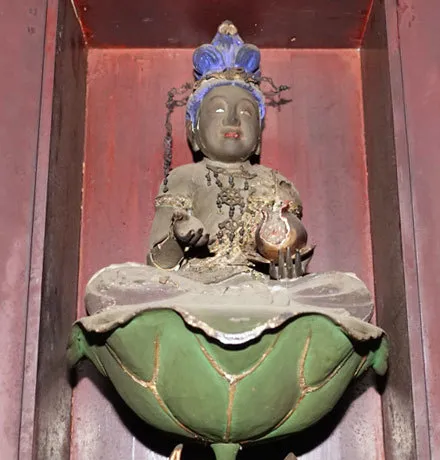
Sect
Prayer
Goma training
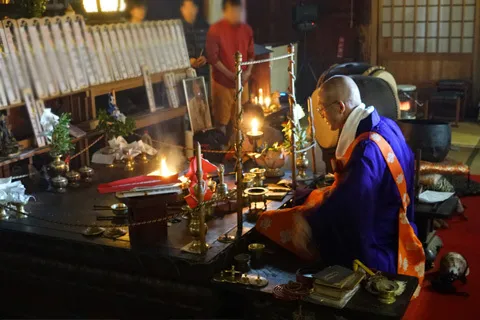
・Origin of Goma-Training
The word "goma" is a transliteration of the Sanskrit word "homa," which means "to pour into a fire," "to offer," or "an offering. The word "homa" is found throughout Asia and is said to have a history of more than 3,000 years.
・What is Goma-Training?
In this practice, a fire is lit in a wooden platform called a gomadan, and incense, grains, and other offerings are made to perform prayers.
The fire of the Goma-training can reach up to one meter in height. The flames deliver prayers, burn away afflictions, and purify the body and soul.
・Goma Training at Oiwasan Bishamonten
At Oiwasan Bishamonten, Goma-training is held every morning at 5:30 a.m., on the first day of every month, and from the first to the third day of the New Year.
Go to Goma Training Page at Oiwasan Bishamonten
Registration is available at the reception desk in the main-temple. Please take off your shoes at the front of the main-temple and put them in the shoe box before entering the temple.
At Oiwasan Bishamonten, when you participate in the Goma-training, if you have any items you wish to purify, such as your wallet, driver's license, or prayer beads, we will place them over the fire of the Goma and bless them. You can also apply the fire to your body and receive purification and blessings directly. Please let us know when you register.
We also accept goma prayers for groups such as companies and sports teams. Please inquire in advance.
In addition, a printout of a portion of the sutra recited during the goma-training will be provided.
Please join us in reading the sutra.
Prayer Details
Red Seal of Oiwasan-Bishamonten

Slide show of the main hall of Oiwasan Bishamonten
Events, Festivals
Goma Training
Akutai Matsuri (The festival of saying something bad thing), Lantern Procession
First Goma Training and Takinagashi-no-shiki
New Year's Day Sunrise Worship Ceremony
New Year's Special Goma Training
Setsubun Goma Training to drive out evil spirits
Spring Grand Festival Goma Training
Autumn Grand Festival Goma Training
Facilities on the grounds of Oiwasan Bishamonten
Video showing the precincts of the main hall of Oiwasan Bishamonten
Oiwasan Bishamonten VR Tour
- Click on the image above to see the scenery starting from the sky above Mt. Oiwa.
- Clicking on the link displayed above the spherical panoramic photo will take you to spherical panoramic photos of the sky and the ground of the mountain path of Mt. Oiwa, the precinct of Saishoji-temple and Oiwasan-Bishamonten , and tourist spots scattered around Ashikaga City.
- By operating the buttons located at the top of the screen, you can rotate left/right/up/down, enlarge/reduce the screen, switch VR mode, display full screen, etc.
- VR mode provides a three-dimensional experience when viewed with VR goggles.
- The map display at the top left of the screen can be enlarged or reduced, and the map can be switched, allowing you to check the registered spherical panoramic photo location, viewing direction, and visible range.



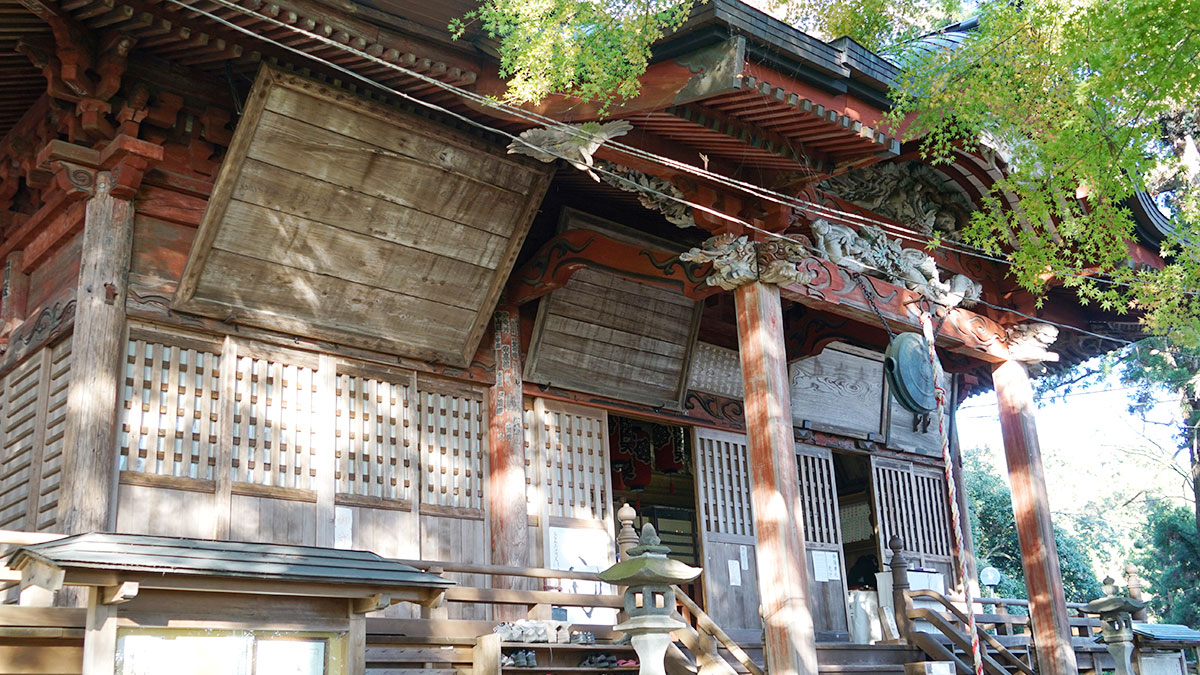
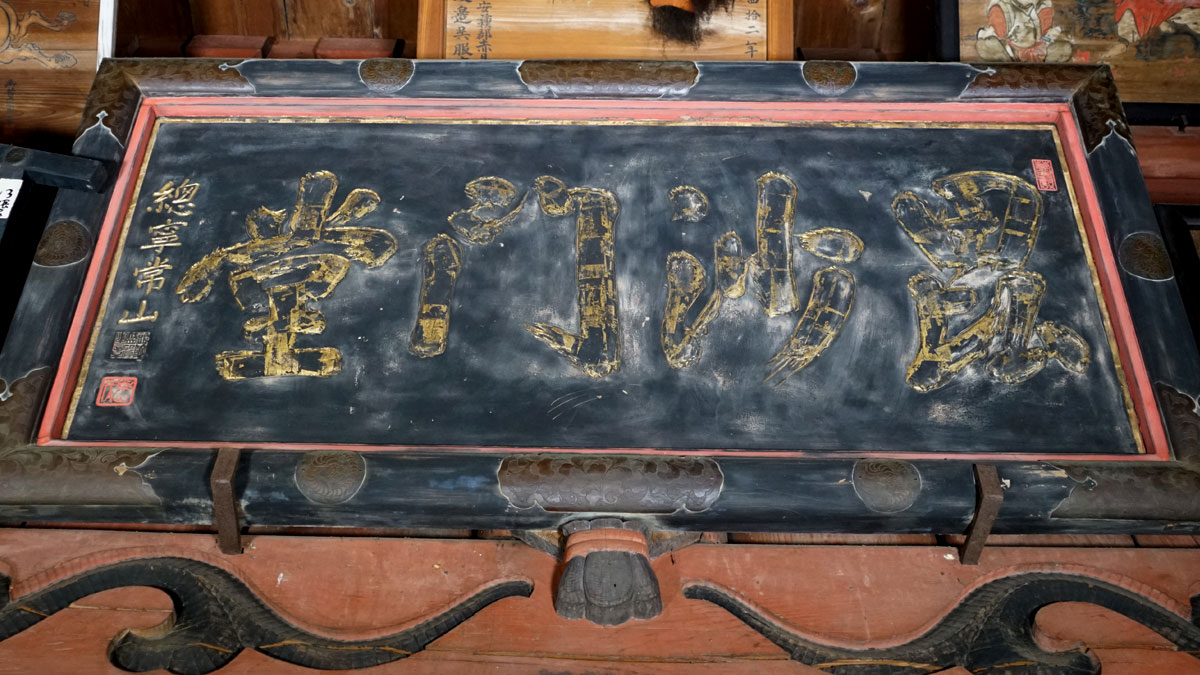
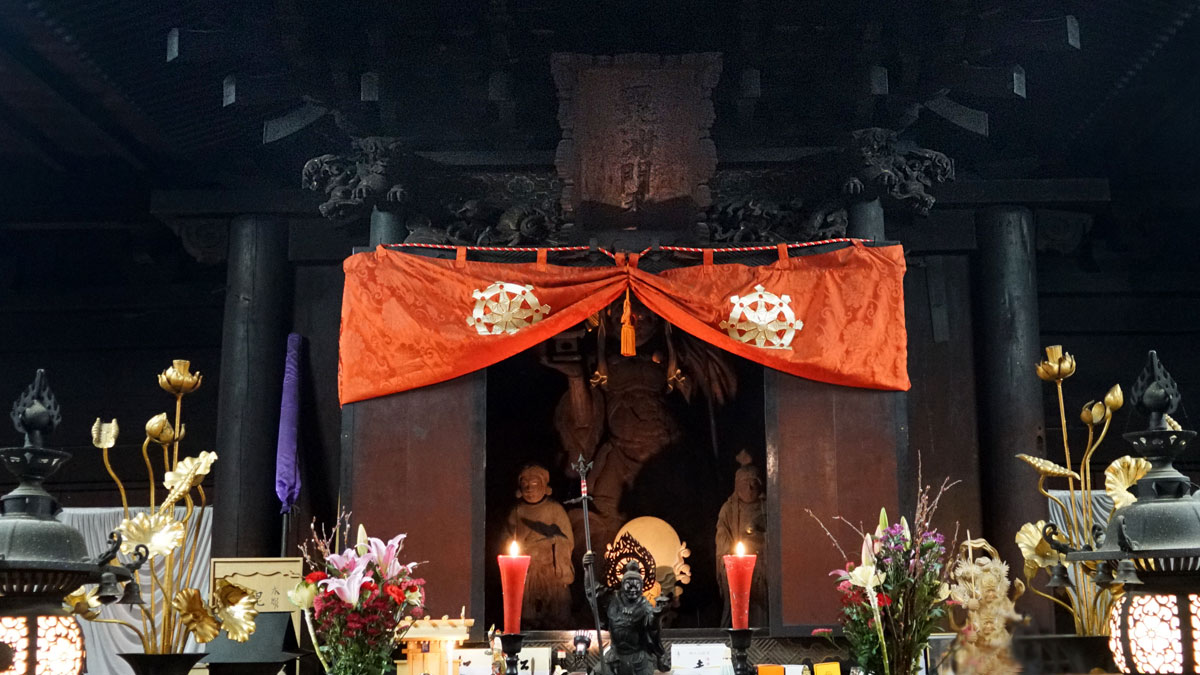
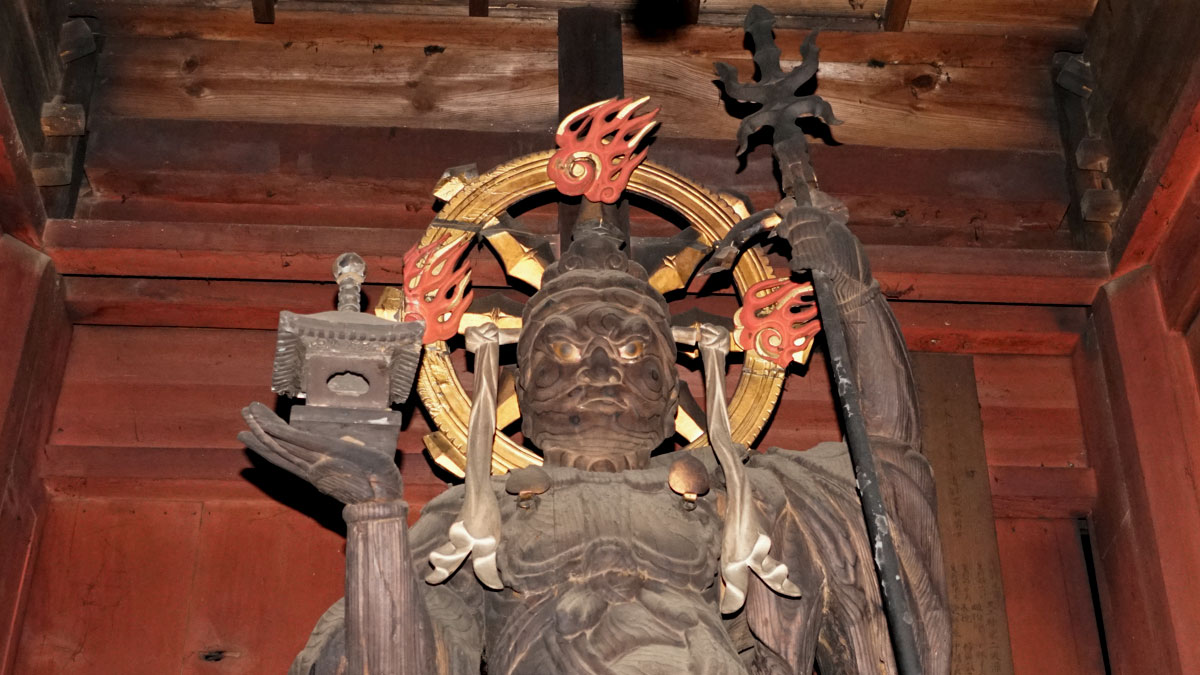
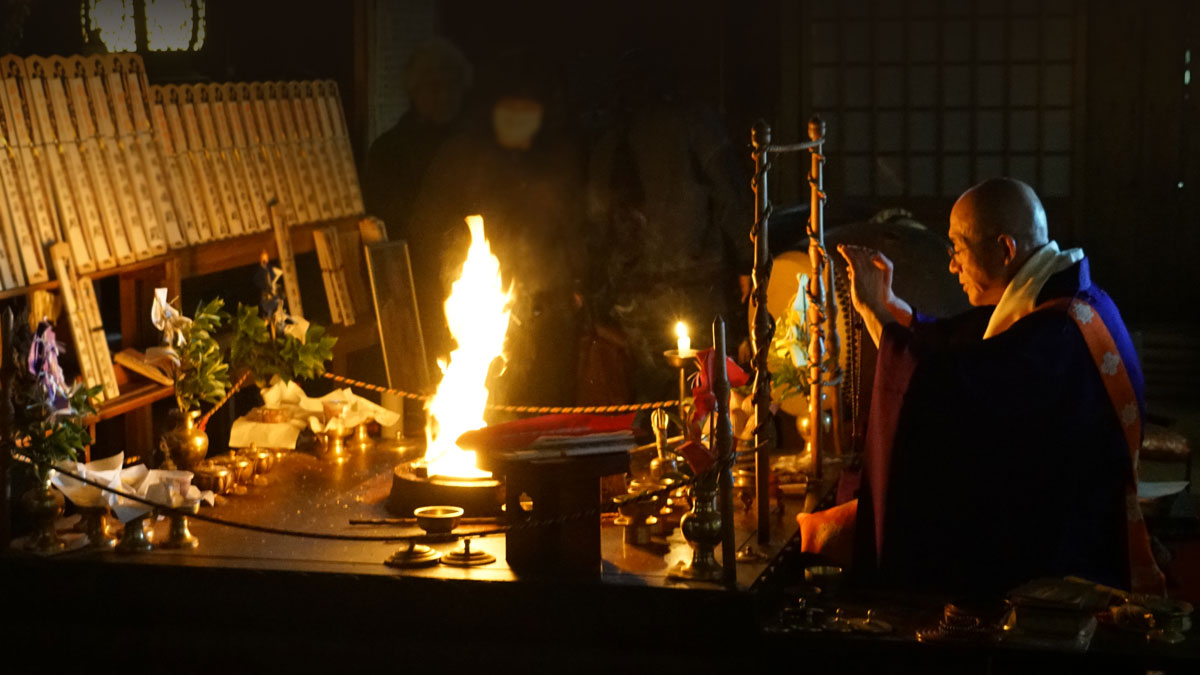
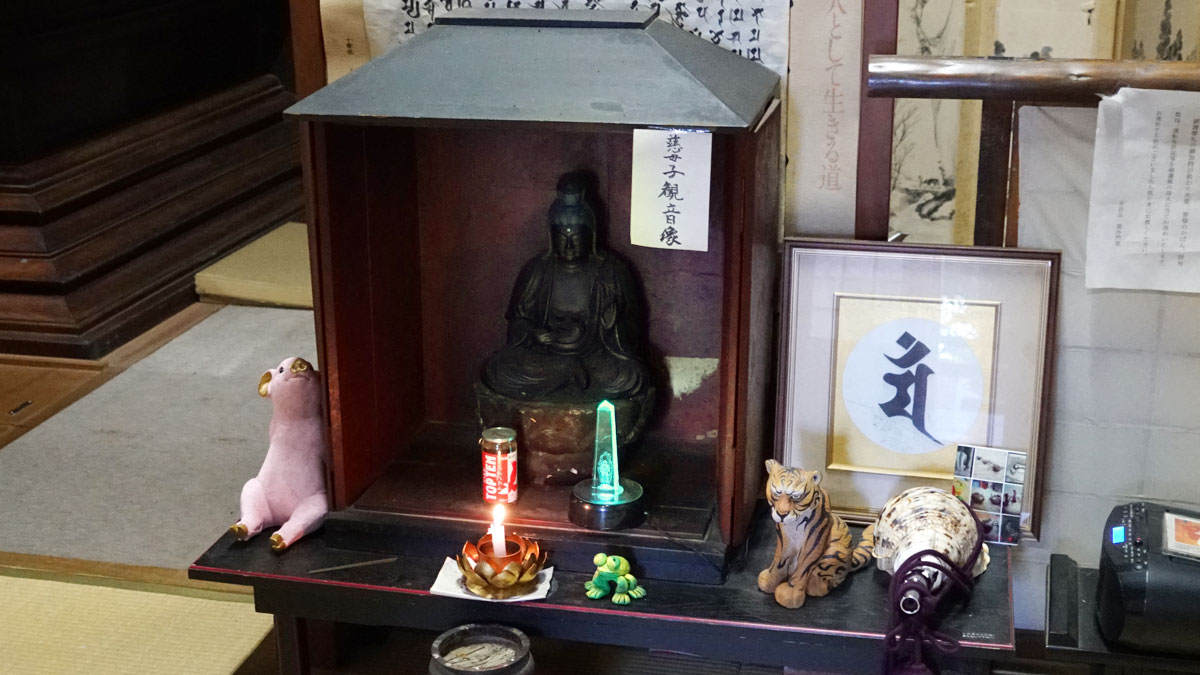
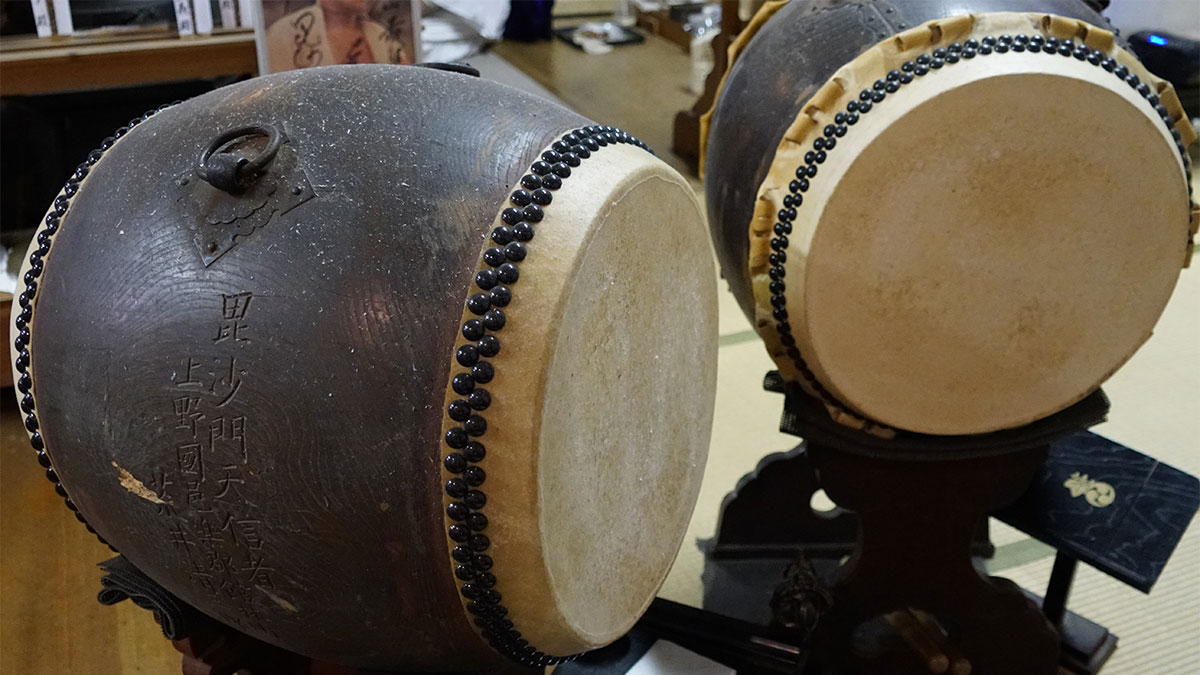
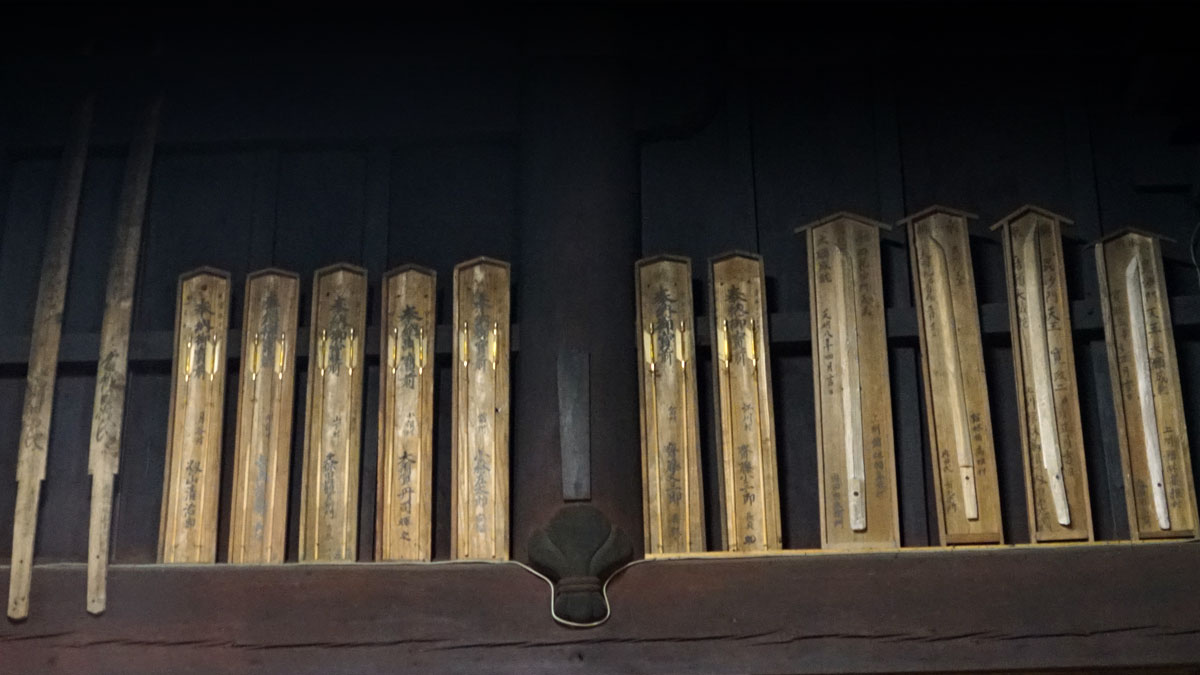

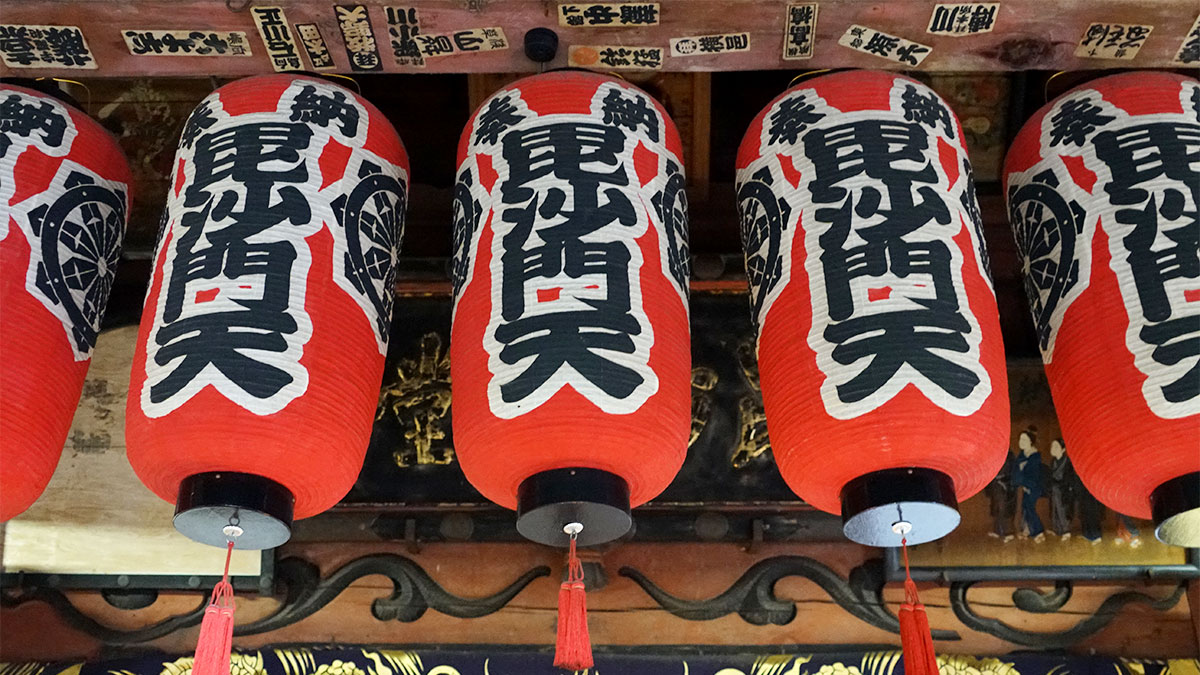
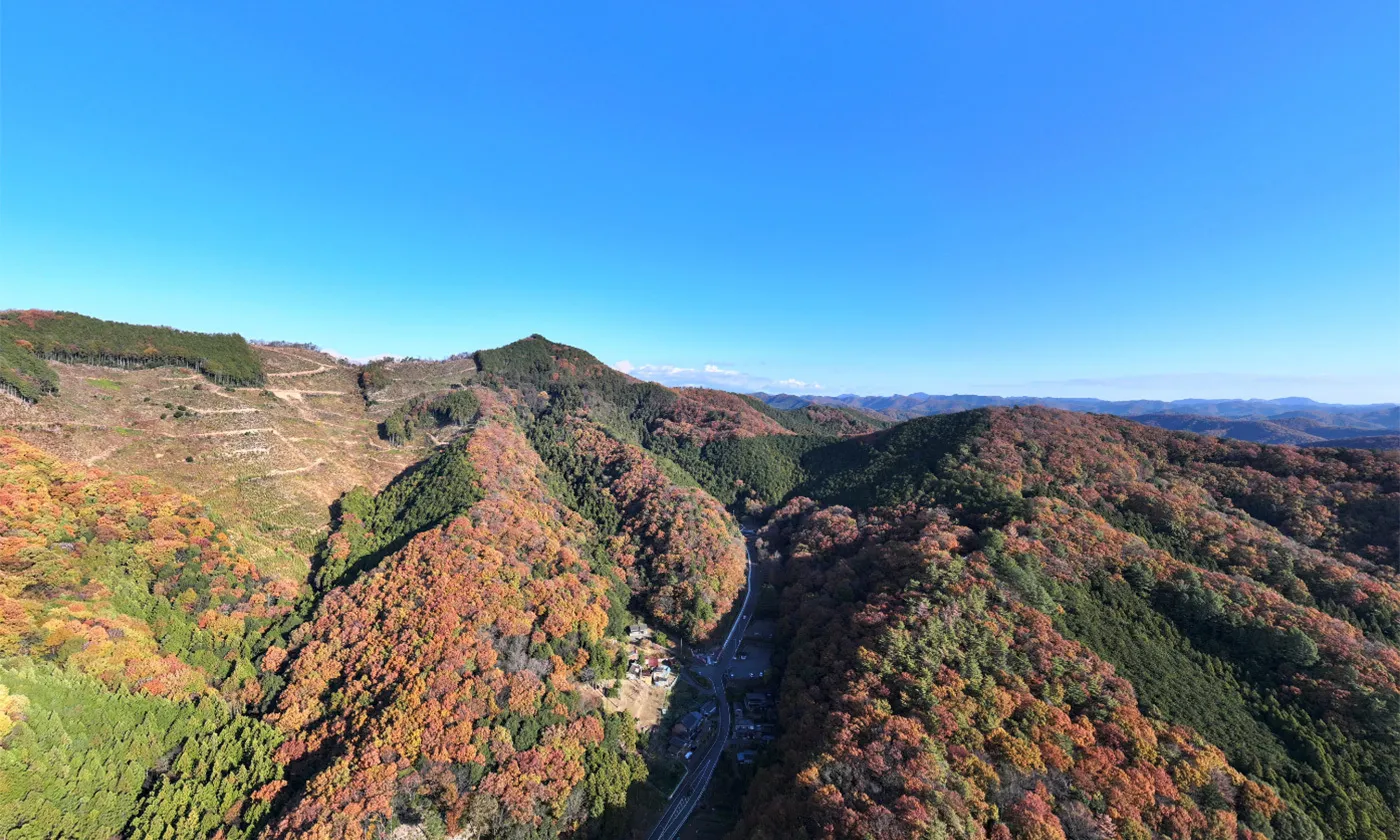
The Gohonzon will be unveiled during the New Year Goma-Training on the third day of the New Year and the Goma-Training on the first day of every month.